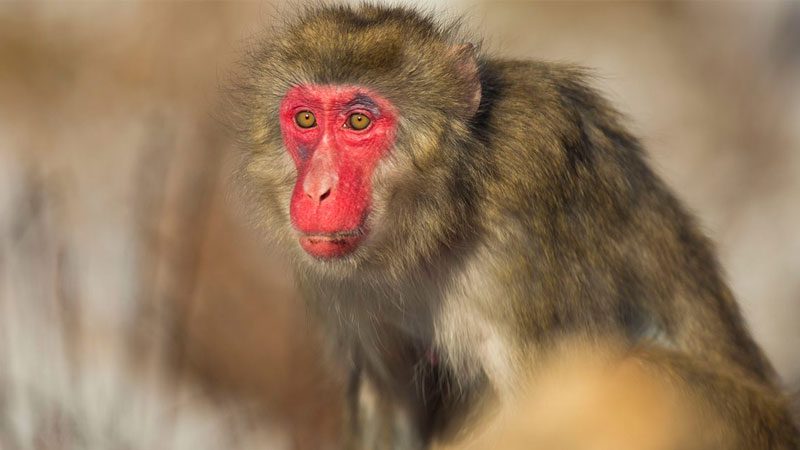Welcome to Lincoln Park Zoo’s new web app! Share your feedback
Japanese Macaque
Regenstein Macaque Forest
Did You Know?
- Japanese macaques are adapted to colder climate, with a short, stubby tail and thick fur, especially in the northern part of their range.
- Several troops of macaques are famous for sitting in hot springs. It should be noted that not all macaques display this learned behavior.
- In macaque groups, females inherit their mothers’ social rankings. In some cases, younger monkeys will outrank older members in the troop.
Don’t See the Animals?
Why aren’t animals visible at all times? To promote positive animal welfare, we provide animals with choices. They can choose to spend time in areas that are out of public view.

Take an Animal Home with You
Overview
Scientific Name: Macaca fuscata
Class: Mammals
Diet: Fruit, leaves, berries, seeds, small animals, insects, and bark
Range: Japan
Endangered Status: Least Concern
More Information
Japanese macaques are medium-sized monkeys that are predominantly quadrupedal. They have brown, gray, or yellowish-brown fur, and their faces are pink. Males are larger than females at around 22 inches long and 25 pounds. These monkeys are social animals, with troop sizes that can have up to 161 individuals. They spend time both in trees on the ground, with females generally more arboreal than males. They are valuable in their ecosystems as seed dispersers.
Groups of macaques have strong social hierarchies, with higher-ranking members receiving benefits such as first access to food. Social grooming is a common bonding behavior, and some Japanese macaques have been observed washing their food before consuming it. Breeding takes place March through September, with females selecting mates based on rank and seniority within the troop. After a 172-day gestation, pregnant females leave the group to give birth in private spots, with one infant born per season. Young are weaned after about eight months. Japanese macaques are widespread and tend to live in already-protected areas.

